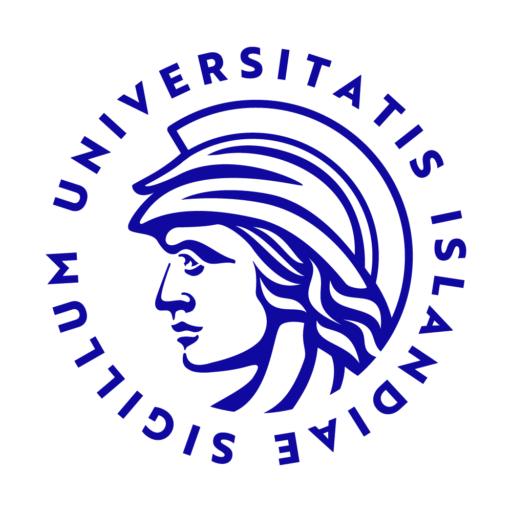Main author: Inga María Ólafsdóttir
Institution or Company: Icelandic Vision Lab, Faculty of Psychology, University of Iceland
Co-Authors, Institution or Company:
Árni Kristjánsson, Icelandic Vision Lab, Faculty of Psychology, University of Iceland, School of Psychology, National Research University Higher School of Economics. Steinunn Gestsdóttir, Faculty of Psychology, University of Iceland.
Introduction: Visual foraging involves searching for multiple targets per trial. There can be more than one target types and they are usually surrounded by distractors. Most studies on visual attention are conducted with single-target search tasks, which does not capture visual orienting over time. By studying visual attention with foraging tasks, one can investigate how target selection is organized throughout a trial.
Materials and method: We tested five age groups, children aged 6, 9, 12, 15, and adults, in foraging tasks where targets were either defined by a single feature (color) or a conjunction of two features (color and shape), using two different target types per task. Four measures were used to assess organizational abilities: intertarget distance, intersections, best-r, and deviation from the optimal path.
Results: Foraging organization increased gradually throughout childhood and adolescence, in both the feature and conjunction tasks. Moreover, foraging organization is connected to other aspects of foraging abilities in both tasks, highlighting its importance in successful visual orienting.
Conclusions: Organization seems to play a big part in the development foraging abilities and is a promising avenue for further research.

